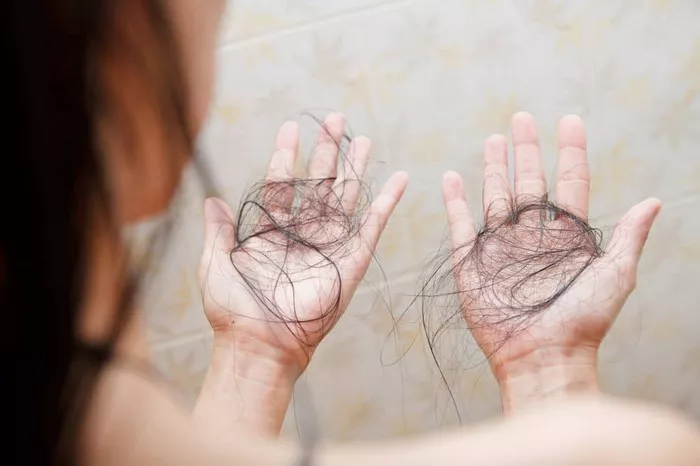Hair loss is a concern that plagues many individuals, causing distress and prompting questions about its causes and patterns. One common query revolves around the timing of hair shedding. Is there a particular month or season when hair falls out the most? Understanding the intricacies of seasonal hair loss can provide clarity on this phenomenon.
Seasonal Hair Loss
Seasonal hair loss, also known as seasonal shedding, is a natural process wherein the rate of hair shedding increases during specific times of the year. While hair shedding occurs throughout the year, it may become more noticeable during certain seasons. Typically, the periods of increased shedding coincide with spring and fall, which are commonly referred to as hair shedding seasons.
During these times, individuals may observe a slight uptick in the number of hairs they shed daily. However, it’s important to note that seasonal hair loss is a temporary and normal occurrence for many people.
Understanding Hair Growth Phases
To comprehend seasonal hair loss, it’s essential to understand the hair growth cycle. The hair growth cycle consists of three phases: anagen, catagen, and telogen. The anagen phase, or active growth phase, is when hair follicles actively produce hair. This phase can last anywhere from two to seven years, depending on various factors such as genetics and overall health.
Following the anagen phase is the catagen phase, a transitional period lasting a few weeks. Finally, the telogen phase, or resting phase, occurs when the hair follicle is at rest and eventually sheds the hair shaft. This phase typically lasts around three months.
Hair shedding is a natural part of the telogen phase, during which old hairs are pushed out to make room for new ones. The timing of this shedding is influenced by factors such as genetics, age, hormones, and environmental cues.
Is Hair Loss Seasonal?
Research suggests that seasonal hair loss is indeed a real phenomenon. A study conducted in Sweden involving 823 women found that the majority of hair loss occurred during specific months. September, October, and November, which correspond to the fall season, showed increased rates of hair shedding. Similarly, March, April, and May, corresponding to spring, also exhibited heightened hair loss.
While seasonal shedding may be more pronounced during these months, it’s important to recognize that other factors can contribute to hair loss during any time of the year. Genetics, hormonal fluctuations, medical conditions, and lifestyle factors all play significant roles in the hair growth cycle.
Factors Influencing Seasonal Hair Shedding
Several factors can influence the rate of seasonal hair shedding. Geography plays a role, as individuals living in regions with distinct seasonal changes may experience more noticeable fluctuations in hair loss. Sun exposure is another factor, as increased sunlight during spring can trigger hormonal changes that affect the hair growth cycle.
Protecting the scalp from environmental stressors, such as harsh weather conditions and UV radiation, can help mitigate the effects of seasonal shedding. Additionally, maintaining a healthy lifestyle, including a balanced diet and proper hydration, can support overall hair health and minimize excessive shedding.
Age and Hair Loss
Hair loss can occur at any age, but it becomes more common as individuals age. By the age of 50, approximately 50% of women experience some degree of hair loss. While genetics and hormonal changes play significant roles in age-related hair loss, seasonal factors can also contribute to fluctuations in hair shedding.
Changes in daylight hours and environmental temperatures can impact the hair growth cycle, leading to increased shedding during certain times of the year. Understanding these seasonal patterns can help individuals better manage their hair health as they age.
Reassurance and Future Growth
It’s essential to reassure individuals experiencing seasonal hair shedding that it is a normal and temporary phenomenon. The hairs shed during these periods are not necessarily lost forever; instead, they make way for new hair growth. Healthy hair follicles will eventually cycle back into the growth phase, resulting in thicker, fuller hair over time.
In conclusion, seasonal hair loss is a natural occurrence that many individuals experience throughout the year. By understanding the hair growth cycle, recognizing seasonal patterns, and addressing contributing factors, individuals can better manage their hair health and minimize concerns about excessive shedding. With proper care and attention, healthy hair growth can be maintained, ensuring luscious locks regardless of the season.


